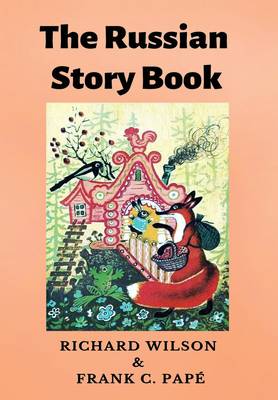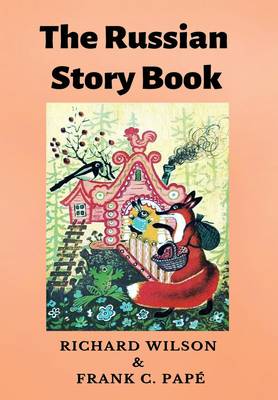
- Retrait gratuit dans votre magasin Club
- 7.000.000 titres dans notre catalogue
- Payer en toute sécurité
- Toujours un magasin près de chez vous
- Retrait gratuit dans votre magasin Club
- 7.000.0000 titres dans notre catalogue
- Payer en toute sécurité
- Toujours un magasin près de chez vous
Description
I have gone right into the heart of "Holy Russia," to Kiev and Novgorod and the borders of the Caspian, in an endeavour to show by means of some of the early legends the ideals and point of view of the Russian nation while it was in the process of being made. The stories of the song-cycles of Kiev and Novgorod tell of a barbaric, though not a barbarian, world, full of high colour and spirited action, of the knock-down blow followed quickly by the hand of friendship freely extended to pick up the fallen foeman--if indeed he has had the hardihood to survive.
The land of Vladimir and Ilya of Murom the Old Cossáck is a Christian land, with the Christianity of the Greek Church, and it is before all else an Easter land, where the Christian Festival of the Resurrection means infinitely more than it can ever do in countries which are not ice-bound for several winter months. The country is, moreover, an outpost of Christianity towards the East--uninfluenced by Renaissance or Reformation--and must therefore have developed interesting characteristics entirely different from those of Western lands. I think that such characteristics are clearly shown in these stories, but I must leave those of my older readers who are interested in this matter to find them out and to discover the Arthur, Guinevere and Galahad of Russia; for my first concern is to tell a tale which will please healthy-minded boys and girls in their early teens.
This book might have been written by a Russian who thoroughly understands our language, or by an English author who has spent the best part of a lifetime in studying Russia and the Russians, illustrated by a native artist, and decorated by a Russian designer. When such a volume does appear, it will have a great interest for me. Meanwhile, I submit that there is some artistic unity, also, in a volume of Russian stories, written by an Englishman, illustrated by an English artist, and decorated by an English designer, the whole production being for an English child.
[Author]
Spécifications
Parties prenantes
- Auteur(s) :
- Editeur:
Contenu
- Nombre de pages :
- 278
- Langue:
- Anglais
Caractéristiques
- EAN:
- 9786057748843
- Date de parution :
- 16-03-16
- Format:
- Livre relié
- Format numérique:
- Genaaid
- Dimensions :
- 152 mm x 229 mm
- Poids :
- 562 g

Les avis
Nous publions uniquement les avis qui respectent les conditions requises. Consultez nos conditions pour les avis.






